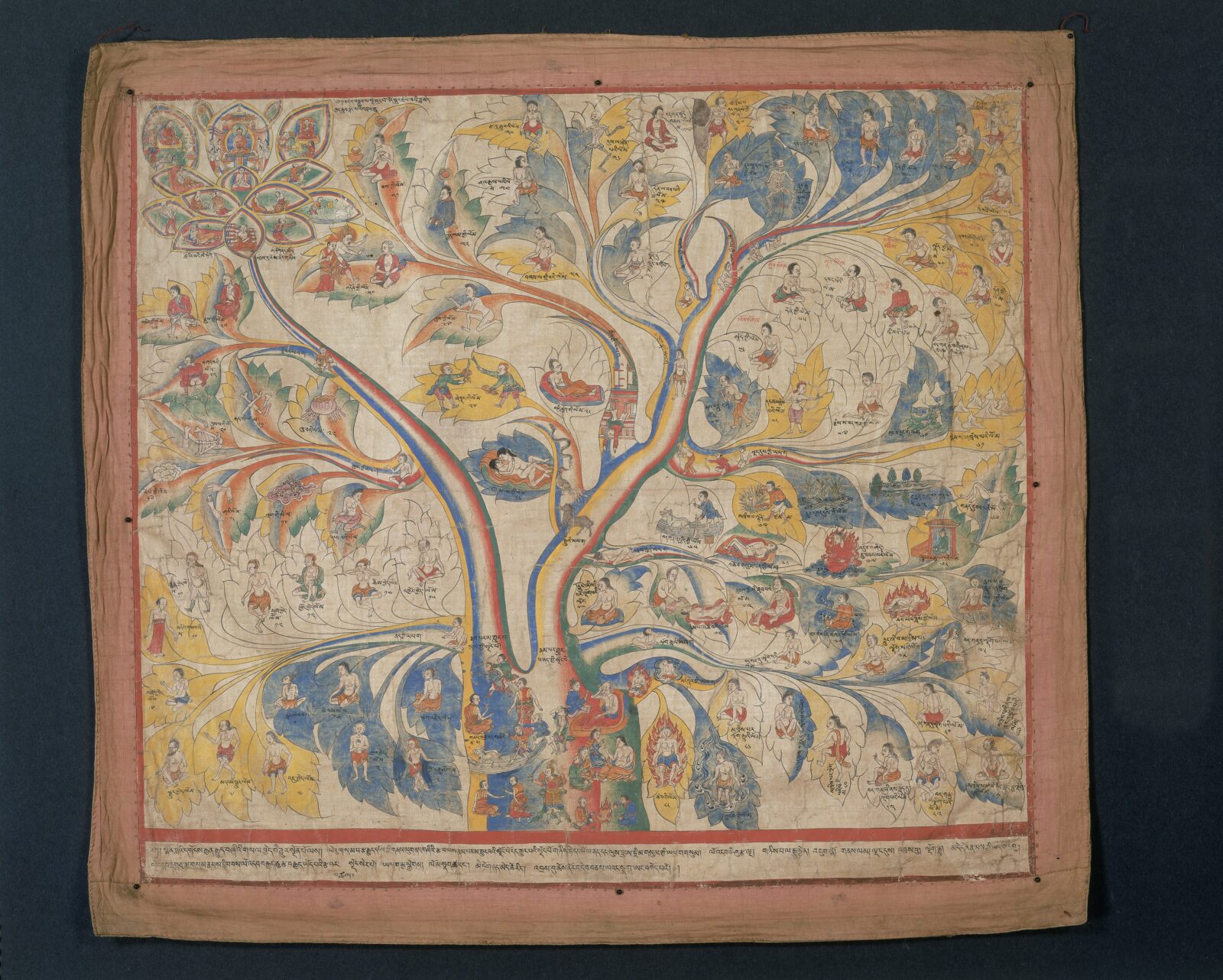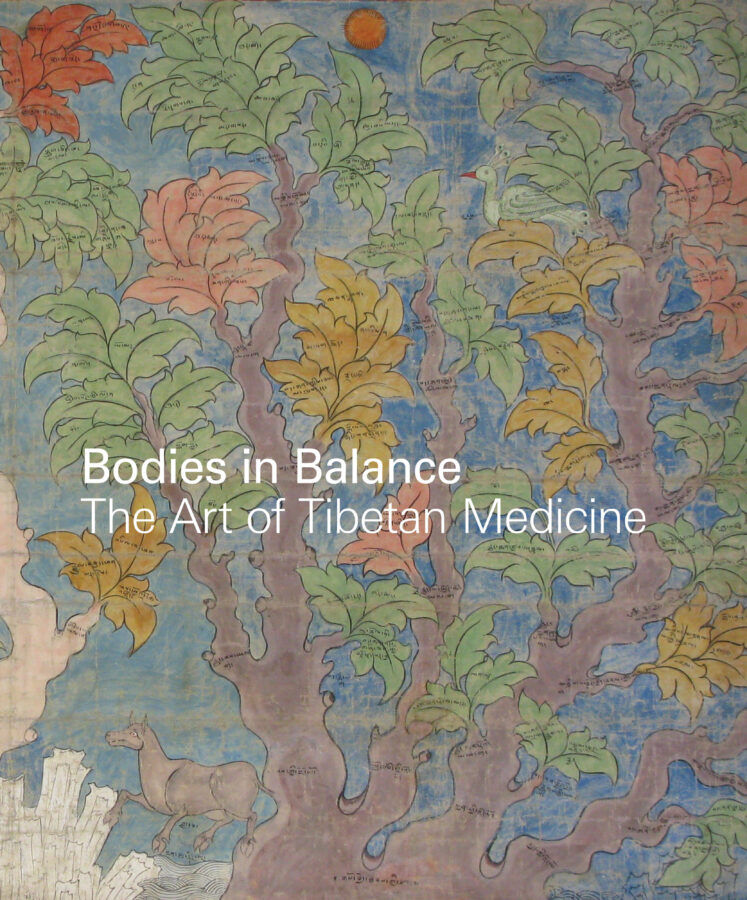Bodies in BalanceThe Art of Tibetan Medicine
Rubin Museum
150 W. 17th St., NYC

Tree of Diagnosis, Copy of Plate 3 of the Lhasa Tibetan Medical Paintings (detail); Lhasa, central Tibet;
date unknown; pigments on cloth and brocade; private collection, Chicago
The first major exhibition to present the origins, history, and practice of a millennium of visual history, Bodies in Balance explores the guiding principles of the Tibetan science of healing represented in medical paintings, manuscripts, and medical instruments. A multimedia installation shows how Tibetan medicine is used today. The exhibition invites visitors to relate what they discover to their own lives through interactive experiences within the galleries and throughout the Museum including Café Serai and the shop.
